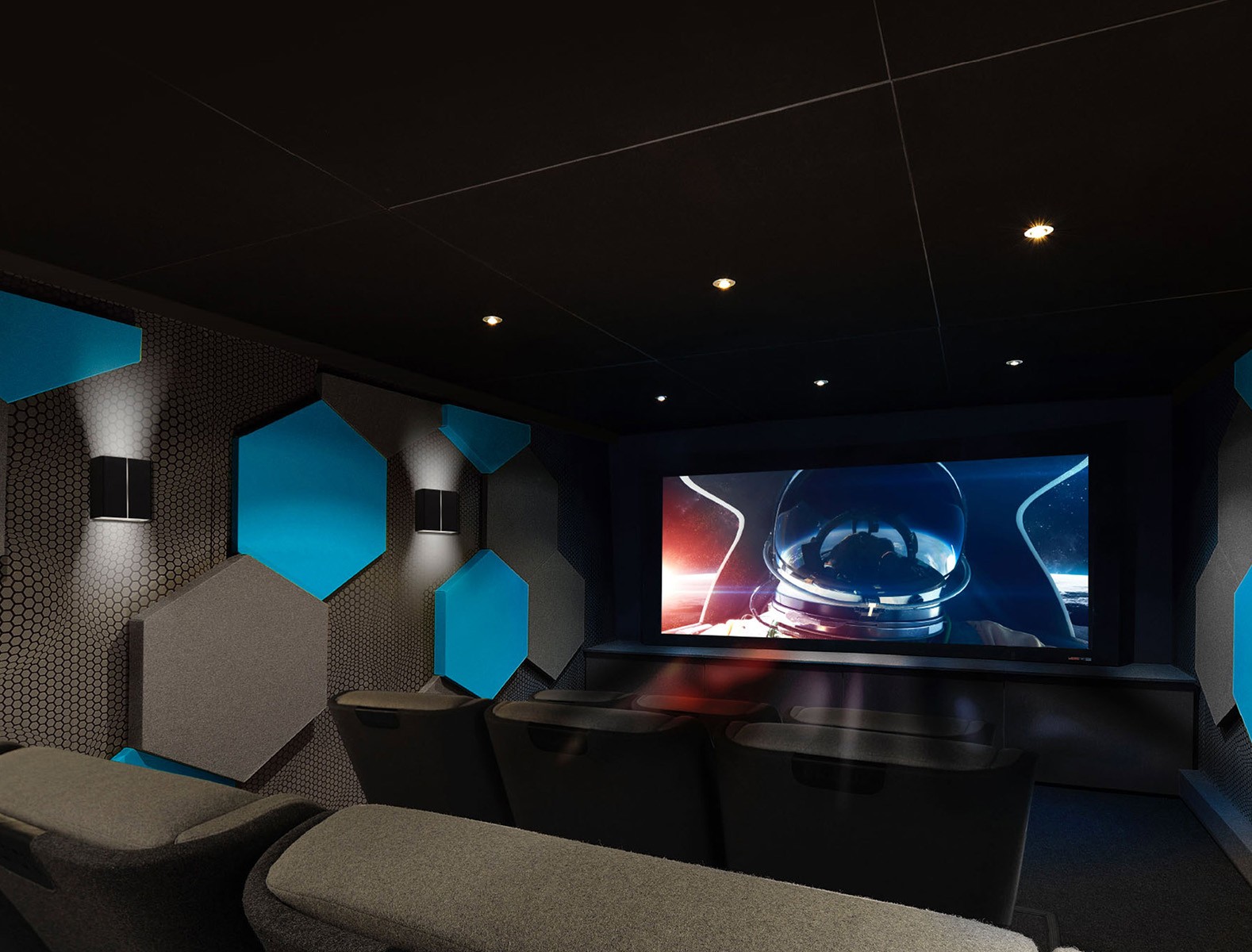Building a home cinema can be an exciting journey, changing an ordinary room into a fantastic space where you can enjoy films, video games, and shows in comfort. For many, it represents not just an investment in tech, but an enhancement of lifestyle, offering a special way to gather with family and friends. However, the process of home cinema installation involves much more than just buying a projector and a sound system. Key elements such as room layout, acoustic treatments, and lighting play critical roles in achieving that ultimate movie-watching experience.

Grasping the nuances of home cinema setup will guide you in making informed decisions, whether you choose to go the DIY route or enlist professional help. With so many components to consider—from selecting the right projector and sound systems to optimizing sound quality with acoustic treatments—each aspect contributes significantly to the overall ambiance and functionality of your home theater. In this article, we will explore the impact of acoustic treatments in home cinema installation and why they are crucial for improving your viewing experience.
Essential Factors for Residential Cinema Installation
In the process of planning your residential cinema installation, the first move is to analyze the area available. Consider the area's size, layout, and existing features. An optimal home theater should have sufficient space for seating, a projector, and equipment while ensuring an appropriate viewing distance. Verify that the room can be adequately darkened to enhance the viewing experience and that there is adequate electrical outlet availability for your audio-visual setup.
Following this, focus on the soundproofing that will greatly influence the audio experience. Hard surfaces like the walls and the floor can bounce sound waves, causing unwanted echoes and rendering it achieve high-quality audio. By adding sound panels, rugs, and curtains, you can create a better sound environment, making sure that conversations and sound effects are rich and immersive. The design of the room should also be optimized for audio distribution, with seating arranged to form an ideal listening triangle with the sound equipment.
Finally, don't overlook the importance of wiring and cable management. A clean and arranged setup not only looks professional but also facilitates easier maintenance and additional upgrades. Devise your concealed wiring strategy carefully to avoid clutter and ensure safety. Consider whether you want to spend in hardwired or Bluetooth options for audio and video connections, as this can influence both the complexity of installation and system efficiency.
Choosing Elements for Optimal Output
Selecting the appropriate components for your home cinema system is crucial to attaining optimal performance. Start with the projector, as it's the focal point of your visual experience. Look for specifications that support 8K resolutions to ensure vivid image quality and sharp details. Additionally, consider the intensity and dynamic range, as these will dictate how well the projector functions in multiple lighting environments. A good projector can make a big difference in the overall satisfaction of your home theater.
Next, focus on your audio system. Surround sound systems are a key element in creating an immersive experience. Examine the space you have to work with and select a system that suits. Whether you opt for a simple audio solution or a full speaker setup, make sure to select components that support HD audio formats. Think about speaker placement and room sound characteristics, as these considerations will impact how sound travels and occupies the space, enhancing the realism of what you watch and listen to.
Finally, think about the arrangements of seats and complementary accessories that contribute to a true cinema experience. Comfortable seating is important for long movie nights; look for recliners or cinema chairs that provide good support and sightlines to the screen. Incorporate acoustic treatments, such as sound-absorbing panels or bass traps, to further optimize audio clarity. By thoughtfully choosing each component and arranging them with attention to detail, you can create a home cinema that competes with the commercial experience.
Enhancing the Residential Cinema Experience
To genuinely elevate your personal cinema encounter, sound treatments play a crucial role in enhancing audio quality. By managing audio reflections and reducing reverberations, these treatments produce a more engaging sound environment. Standard solutions include acoustic panels, bass absorbers, and noise-reduction materials that can be carefully placed to enhance clarity and richness of the audio. Investing in proper acoustic treatments can considerably improve the overall watching experience by ensuring that speech is crisp and sound effects are impactful.
In alongside audio fidelity, illumination can significantly alter the atmosphere of your personal cinema. Variable lighting allows you to establish the perfect ambiance, whether you're putting on a movie night or watching a quiet film by yourself. home cinema installation Hertfordshire or smart illumination systems can be configured to adjust brightness based on the type of content being watched. This blend of sound and lighting not just enriches your watching but also helps set the mood, making every movie feel like an event.
To wrap up, furniture options are crucial to ease and enjoyment during long movie viewings. Choosing high-quality, ergonomic chairs will make a meaningful difference. Options such as reclining chairs provide support and improve the cinematic experience. Additionally, think about the arrangement of your chairs in relation to the display to prevent neck strain and ensure that every attendee has an ideal line of sight. By focusing your efforts on audio, lighting, and arrangements, you can transform your home cinema into a truly enticing space.
